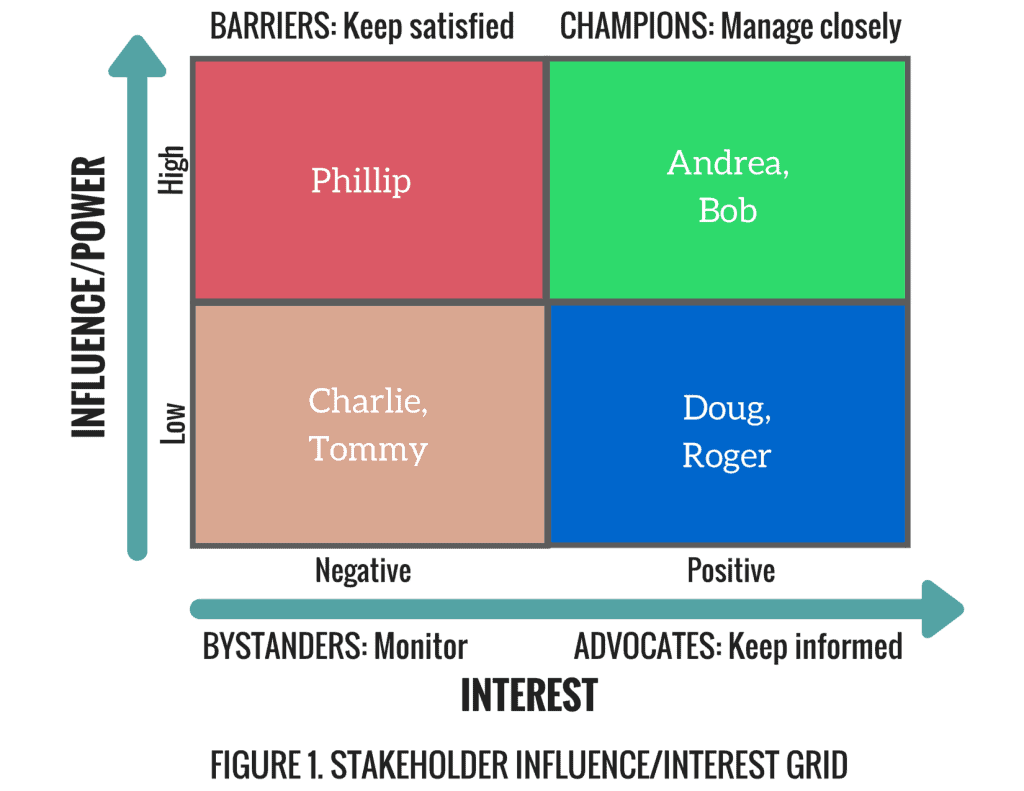The Importance Of Stakeholder Analysis In Civil Infrastructure Projects
 Stakeholders are individuals, groups, or organizations that have an interest in or are affected by a project or its outcome. In project management, stakeholder analysis is an essential activity that helps you identify, analyze and manage project stakeholders.
Stakeholders are individuals, groups, or organizations that have an interest in or are affected by a project or its outcome. In project management, stakeholder analysis is an essential activity that helps you identify, analyze and manage project stakeholders.
Stakeholder analysis is critical for successful project management because not every stakeholder has the same level of importance, and each stakeholder has different needs, expectations, and impact on the project. Therefore, stakeholder analysis helps to ensure that all stakeholders are identified and assessed, and their needs and expectations are considered during project planning and execution.
In this post, we will discuss what stakeholder analysis is, the importance of stakeholder analysis in project management and some FAQs about stakeholder analysis.
What is stakeholder analysis?
Stakeholder analysis is the process of identifying and analyzing stakeholders involved in a project to understand their needs and expectations, attitudes, interests, and influence on the project's outcome.
In simple terms, stakeholder analysis is a way to understand who your customers, users, suppliers, and partners are, and how they can affect your project, positively or negatively.
The Importance of Stakeholder Analysis in Project Management
Stakeholder analysis is an essential activity in project management. Below are some reasons why stakeholder analysis is important:
1. It helps to identify stakeholders
Stakeholder analysis helps you identify all stakeholders who have an interest in your project, including those who may not be obvious.
2. It helps to prioritize stakeholders
Stakeholder analysis helps you prioritize your stakeholders based on their importance, level of influence, and their needs and expectations. This helps you to allocate your resources and focus on stakeholders who matter most.
3. It helps to understand stakeholder needs and expectations
Stakeholder analysis helps you to understand the needs and expectations of your stakeholders. By understanding these needs and expectations, you can create a project that provides value to your stakeholders.
4. It helps to manage stakeholder expectations
Stakeholder analysis helps you to manage stakeholders' expectations by identifying potential conflicts and resolving them before they arise.
5. It helps to identify project risks
Stakeholder analysis helps you to identify potential project risks by understanding the attitudes and expectations of your stakeholders. This helps you to plan and mitigate risks effectively.
6. It helps to build stronger relationships with stakeholders
Stakeholder analysis helps you to build stronger relationships with your stakeholders by involving them in your project. This helps to build trust and a sense of partnership.
FAQs about Stakeholder Analysis
Q1. Who should perform stakeholder analysis?
A. Stakeholder analysis should be performed by project managers, team members, or business analysts who are responsible for project planning.
Q2. When should stakeholder analysis be performed?
A. Stakeholder analysis should be performed at the beginning of the project planning phase and reviewed periodically throughout the project lifecycle.
Q3. What are the benefits of stakeholder analysis?
A. The benefits of stakeholder analysis are:
- Identification of stakeholders
- Prioritization of stakeholders
- Understanding stakeholder needs and expectations
- Management of stakeholder expectations
- Identification of project risks
- Building stronger relationships with stakeholders
Q4. What are the common tools and techniques used in stakeholder analysis?
A. The common tools and techniques used in stakeholder analysis are:
- Interviews
- Surveys
- Focus groups
- Observation
- Document analysis
Q5. Can stakeholders change during a project?
A. Yes, stakeholders can change during a project due to changes in business needs, project scope, or organizational changes.
Q6. How can stakeholder analysis be used in agile project management?
A. In agile project management, stakeholder analysis can be used to identify and prioritize stakeholders who provide the most value to the project. It can also be used to elicit and prioritize user stories and to identify potential project risks.
Conclusion
Stakeholder analysis is an important activity in project management that helps to identify, analyze, and manage project stakeholders. By understanding the needs and expectations of your stakeholders, you can create a project that provides value and meets their expectations. Stakeholder analysis also helps to manage stakeholder expectations, identify potential project risks and build stronger relationships with stakeholders. Therefore, it is essential to conduct stakeholder analysis at the beginning of the project planning phase and review it periodically throughout the project lifecycle.


Post a Comment for "The Importance Of Stakeholder Analysis In Civil Infrastructure Projects"